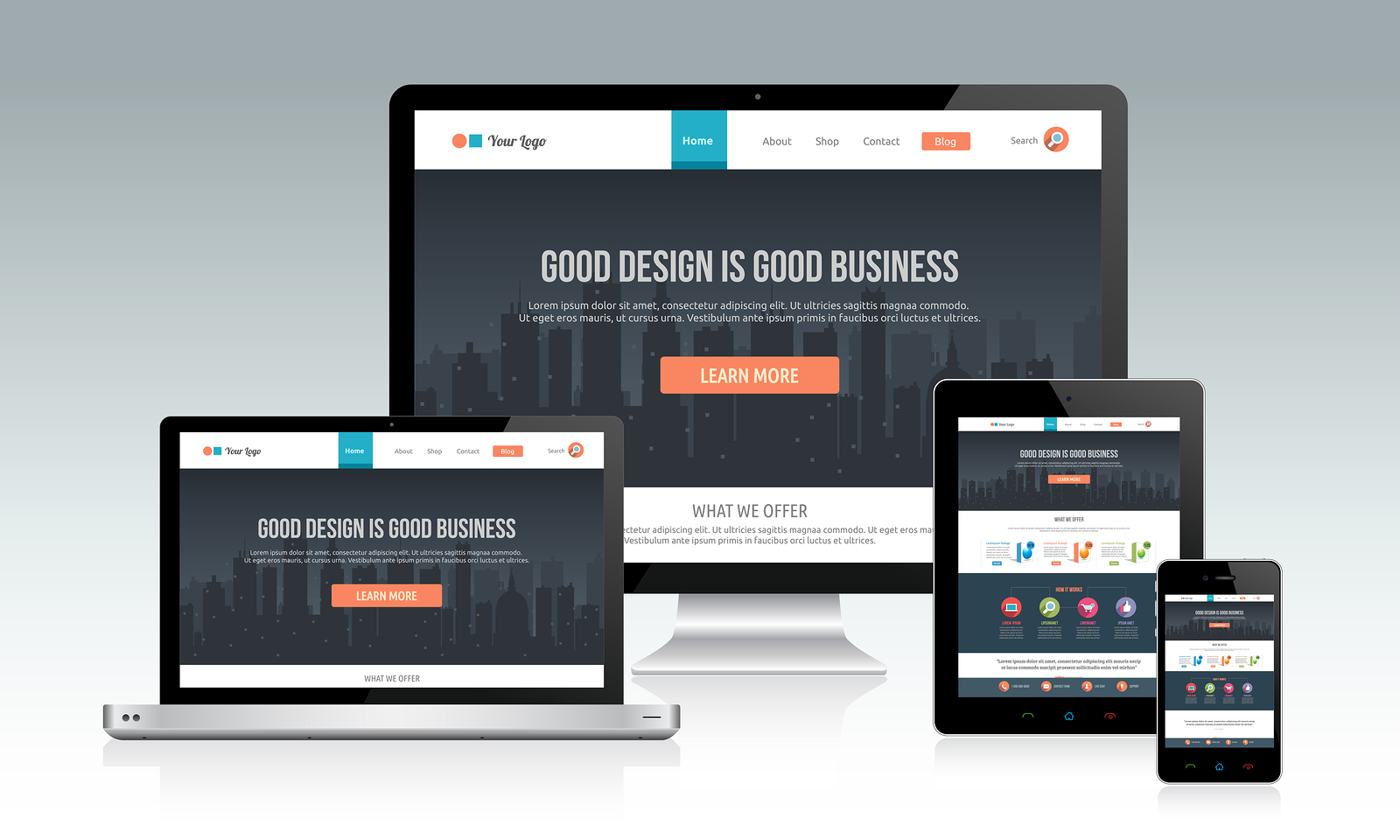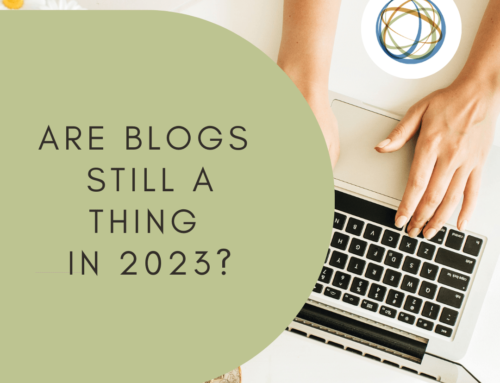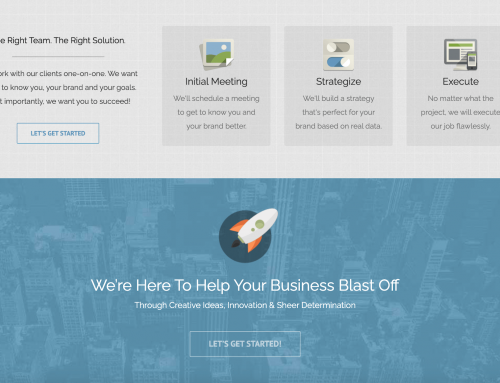There’s no point in building and maintaining a website if visitors leave as soon as they get there. So you need to find out not only what attracts your visitors, but what causes them to leave without taking any action.
The internet experts at 101 Management, Inc., can help you drill down to find out how to improve your bounce rate, but first, you need to know what it is.
What is bounce rate?
A website’s bounce rate is the percentage of visitors who land on a specific page and then leave. There are myriad reasons people might leave, and you need to try to find out why and then fix it. When you review your website on Google Analytics, you’ll see your bounce rate prominently featured on the overview page. Google Analytics divides the number of visitors who interact with your site by the number of bounces. Google Analytics considers visitors to have “interacted” if they visited at least one more page on your website. The lower your bounce rate, the better.
Because bounce rate is relative, there is no good or bad bounce rate. There are, however, averages. Most in the industry consider a bounce rate below 30-40 percent to be good, while a bounce rate above about 70-80 percent is considered bad.
Why do visitors “bounce” from your site?
This is a complex question. Bounce rates can differ between sites depending on what type of website you have. If your main goal is to cause visitors to make a purchase, your bounce rate may be very different from those that are simply providing information (news sites, for example) or offering a service (like doctors or plumbers).
In general, however, if you want visitors to come to your site and take some kind of action while they’re there (provide contact information, register for something, or make a purchase, for example), here are some reasons they may leave without doing so.
1. They landed by accident
You’ve done this many times—clicked on one thing when you meant to click on another. As soon as you realize your mistake, you click away from the site you accidentally landed on and go to the site you meant to click. There’s little you can do about this problem, but it doesn’t tend to greatly impact your bounce rate because it’s not a major reason why people bounce.
2. What you’re selling is not what they expected
People come to your website with a specific goal in mind. If you don’t supply it, they’ll leave. If you’re selling parrots, for example, but the visitor was hoping to learn how to teach the parrot she already owns how to talk, she’ll bounce. This means you need to be more specific in your keywords, as well as more focused in how you’re targeting your traffic.
3. Slow response time
Ninety-five percent of your visitors will click away if your website takes longer than four seconds to load. Two seconds is optimal. If your site has too many images that slow down loading time, or a low-cost host that can’t deliver speed in loading, your visitors won’t wait around.
4. A poorly designed or confusing website
Again, visitors want to immediately find what they’re looking for. If there’s no clear focal point or path through your website, most visitors won’t take the time to figure it out by themselves. Your website should take them by the hand and lead them to find what they came there for.
5. Intrusive pop-ups, especially ads
Keep the (totally understandable) impatience of your visitors in mind. You know how you feel if you have to wait through a 30-second ad to access a site. Even if the pop-up allows you to “skip this ad” in 12 seconds or less, you really have to want the information they’re providing not to leave the site. If you have pop-ups and a high bounce rate, it might be worth it to do some A/B testing to see if your bounce rate improves without them.
6. Poor content
This can be anything from poor grammar and spelling to outdated or boring content, especially on blogs. You may need the help of professionals to help you correct these kinds of problems.
These and other causes of a high bounce rate can be remedied. The website design and development experts at 101 Management, Inc., can help you lower your bounce rate and make your website more responsive to visitors.










Leave A Comment